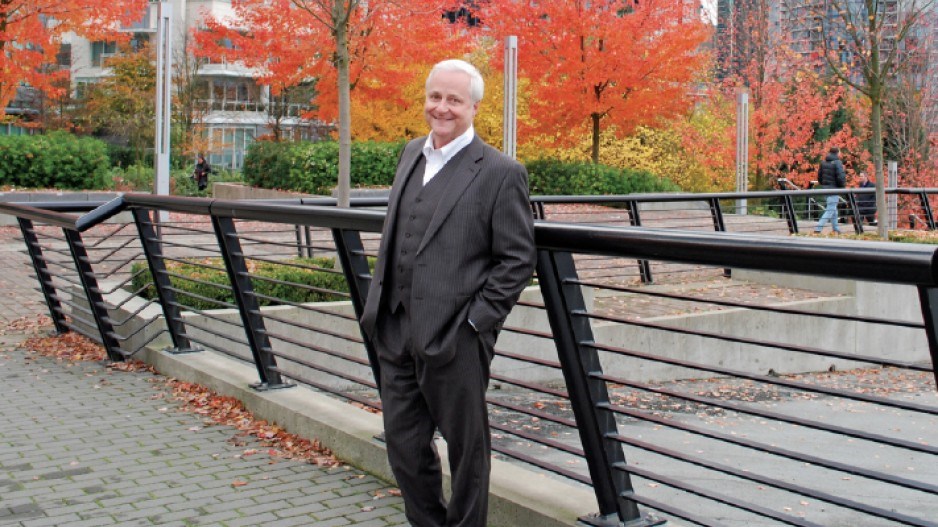Tourism Vancouver’s decision to stick to an initial schedule of small payments on the multimillions it owes is expected to keep the tourism marketing organization’s debt spiralling upward until 2035.
But escalating financial commitments have yet to affect operations, Tourism Vancouver CEO Rick Antonson stressed to Business in Vancouver.
The debt stems from Tourism Vancouver’s $90 million commitment to help finance what turned out to be an $883.2 million Vancouver Convention Centre expansion.
The federal and provincial governments picked up the rest of the tab.
Tourism Vancouver paid $1 million in the 2007-08 fiscal year so its obligation starting in April 2008 was $89 million.
That debt has since ballooned by about $18.6 million to nearly $107.6 million and, according to Tourism Vancouver projections, will rise to $143.6 million by April 2035 before the tourism marketer can start reducing it.
“We knew that by making more modest payments in the first handful of years that the interest charges would exceed the payment in each of those years,” Antonson said. “We thought we could use the funds for a better purpose.”
That better use of resources was to promote Vancouver to the world and seek convention tenants for the 333,500 additional square feet of meeting and exhibit space in the new Vancouver Convention Centre and the 133,000 square feet of meeting space in the renovated convention centre’s east building.
Vancouver Convention Centre statistics show that the number of conventions in the facility rose steadily to 63 in the 2010-11 fiscal year, before tapering off.
When non-convention attendance is included, the facility’s best year was 2011-12 (790,384 guests), which pumped an estimated $319 million in direct spending into the local economy.
The year that ended in March 2013 had 51 conventions, 689,671 total visitors and an estimated $202 million in direct spending in the local economy.
“Fiscal 2013 was a strong year despite the fact that the number of events and attendance were lower than the previous record year,” Vancouver Convention Centre communications manager Jinny Wu said.
“The economic downturn from 2008 had a direct impact on bookings, as major conventions are typically confirmed three to five years out.”
Wu said future bookings are strong and pointed to huge events, including the June 2014 Association of Computer Machinery’s Special Interest Group on Computer Graphics and Interactive Techniques (SIGGRAPH) annual conference, which is expected to draw 21,000 delegates.
Other big conventions this year include the Canadian Institute of Mining’s May conference (6,100 delegates) and the International Society for Stem Cell Research’s June conference (5,000 delegates).
The biggest win for the convention centre to date is getting a commitment from Alcoholics Anonymous to host its 2025 convention, which is expected to draw 48,000 people – and be the largest single meeting ever held in Vancouver. Tourism Vancouver gets its revenue from a 2% tax on hotel rooms so its ability to pay down its debt depends in part on the city’s hotel occupancy.
Antonson said he has had discussions with Victoria about additional funding.
“Government has a number of levers that it can pull,” he said. “What’s important for us is that we got the convention centre. We spearheaded its business plan. We knew it would bring benefits as well as costs.”




